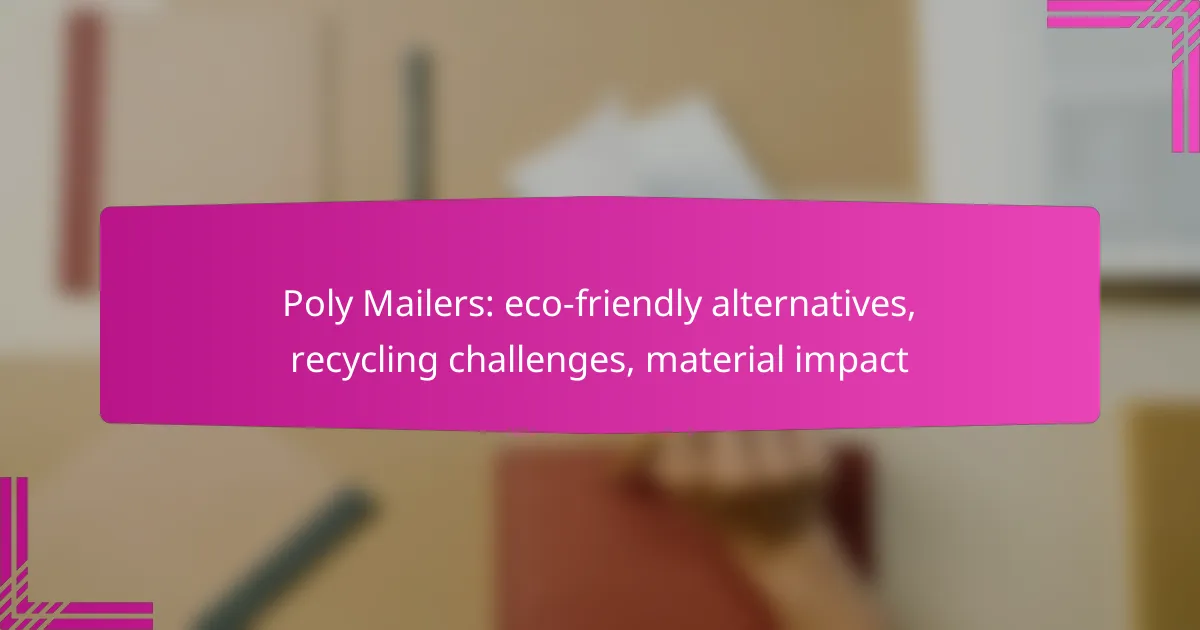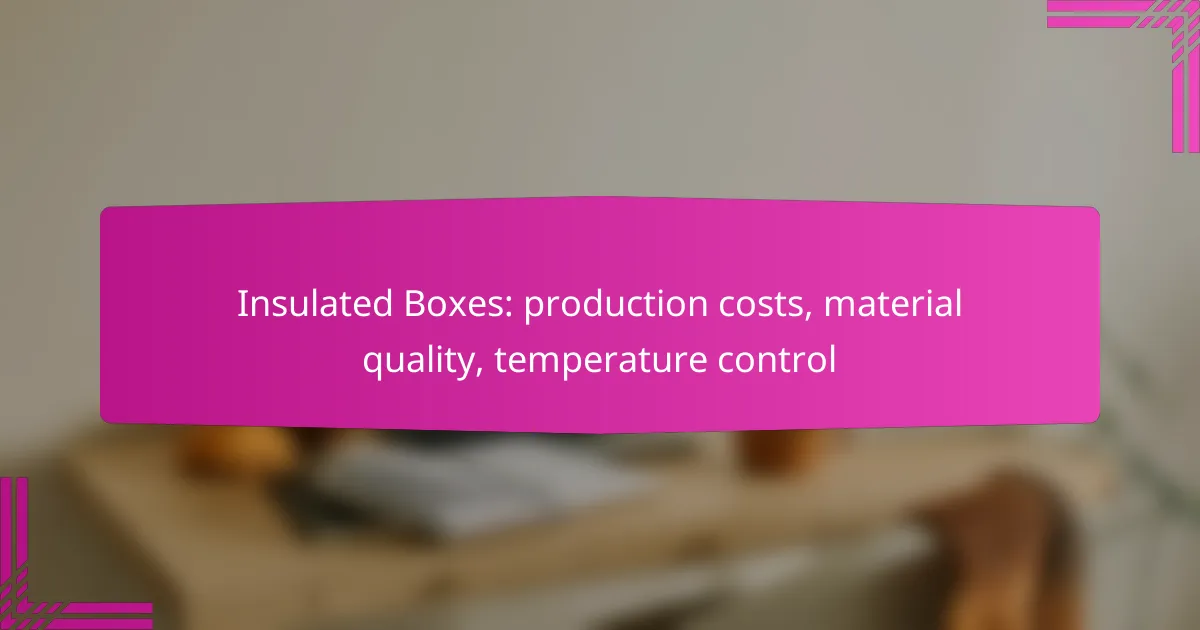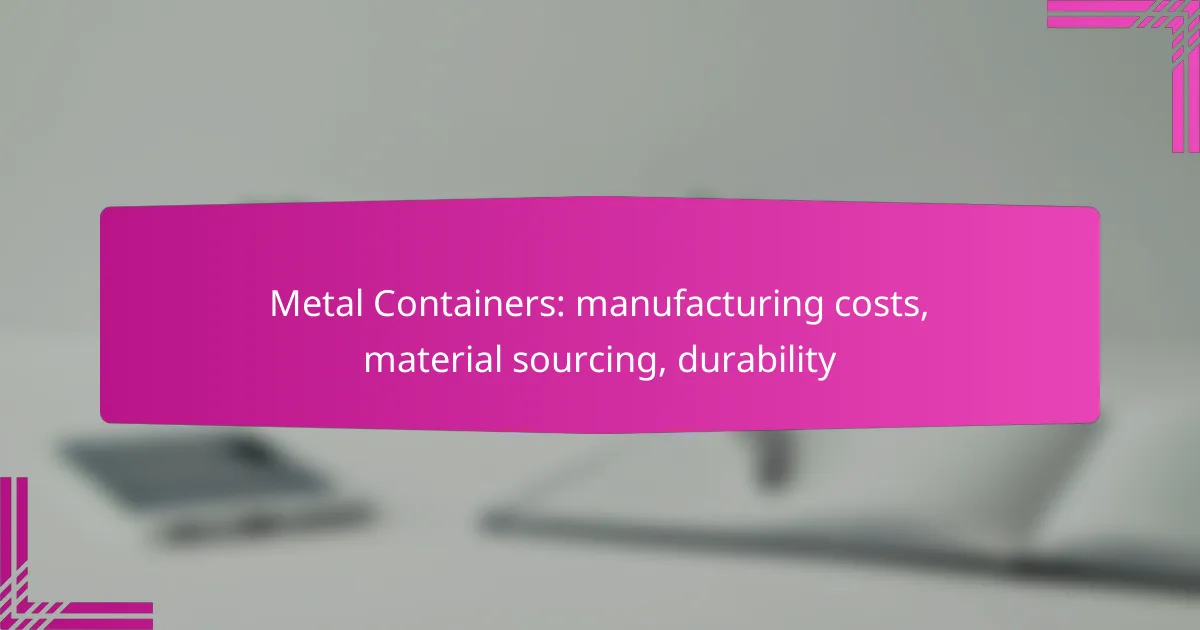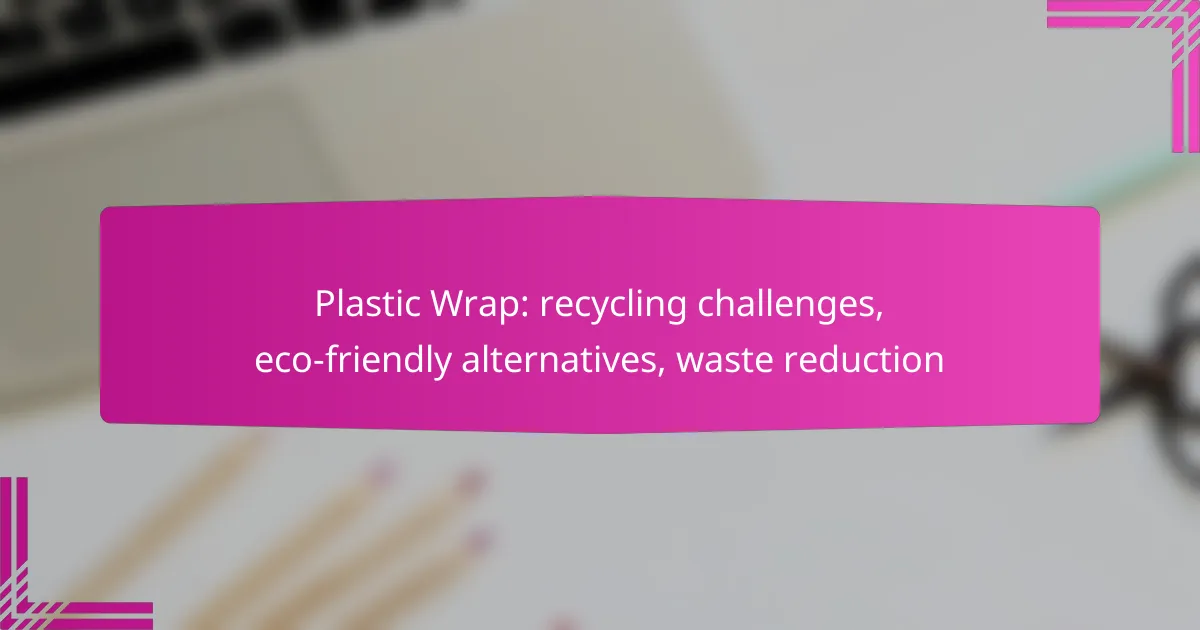Poly mailers are popular for their lightweight and durable shipping capabilities, but their reliance on plastic raises significant environmental concerns. As consumers seek eco-friendly alternatives, options such as biodegradable, compostable, and reusable packaging are gaining traction. However, recycling poly mailers presents challenges that require awareness of proper guidelines and local resources to ensure effective processing and reduce waste.

What are eco-friendly alternatives to poly mailers in New Zealand?
Eco-friendly alternatives to poly mailers in New Zealand include biodegradable, compostable, and reusable packaging options. These alternatives aim to reduce environmental impact while maintaining functionality for shipping and packaging needs.
Biodegradable mailers
Biodegradable mailers are designed to break down naturally over time when exposed to environmental conditions. They are typically made from materials that decompose within a few months to a couple of years, depending on the environment. When choosing biodegradable options, consider the specific breakdown timeline and the conditions required for effective decomposition.
In New Zealand, look for certifications that ensure the mailers meet local standards for biodegradability. These mailers can be a suitable choice for businesses looking to minimize their carbon footprint while still providing reliable shipping solutions.
Compostable mailers
Compostable mailers are similar to biodegradable ones but are specifically designed to break down in composting conditions, returning nutrients to the soil. They usually require higher temperatures and specific conditions to decompose effectively, which may not occur in typical landfill settings. This makes them a great option for businesses that can ensure proper composting facilities are available.
In New Zealand, compostable mailers often carry certifications that indicate they meet local composting standards. Businesses should educate customers on proper disposal methods to maximize the environmental benefits of these mailers.
Reusable packaging options
Reusable packaging options, such as cloth bags or sturdy boxes, can significantly reduce waste by allowing customers to return them for multiple uses. This approach not only minimizes environmental impact but also enhances brand loyalty as customers appreciate sustainable practices. Consider implementing a return program to encourage customers to send back packaging for reuse.
In New Zealand, businesses can promote reusable packaging through incentives, such as discounts on future purchases for returning items. This strategy can foster a circular economy and reduce reliance on single-use materials.
Plant-based materials
Plant-based materials, such as those derived from cornstarch or sugarcane, are increasingly used in eco-friendly mailers. These materials are renewable and can be designed to be biodegradable or compostable, depending on the manufacturing process. When selecting plant-based options, verify their environmental certifications to ensure they align with sustainability goals.
In New Zealand, using plant-based materials can resonate well with eco-conscious consumers, making it a compelling choice for businesses aiming to enhance their green credentials.
Recycled paper mailers
Recycled paper mailers are made from post-consumer waste, reducing the need for virgin materials and minimizing landfill contributions. They are often recyclable themselves, making them a practical choice for businesses focused on sustainability. When using recycled paper mailers, ensure they are sturdy enough to protect contents during shipping.
In New Zealand, businesses can highlight the use of recycled materials in their packaging to appeal to environmentally aware customers. Offering clear recycling instructions can further enhance the sustainability of these mailers.
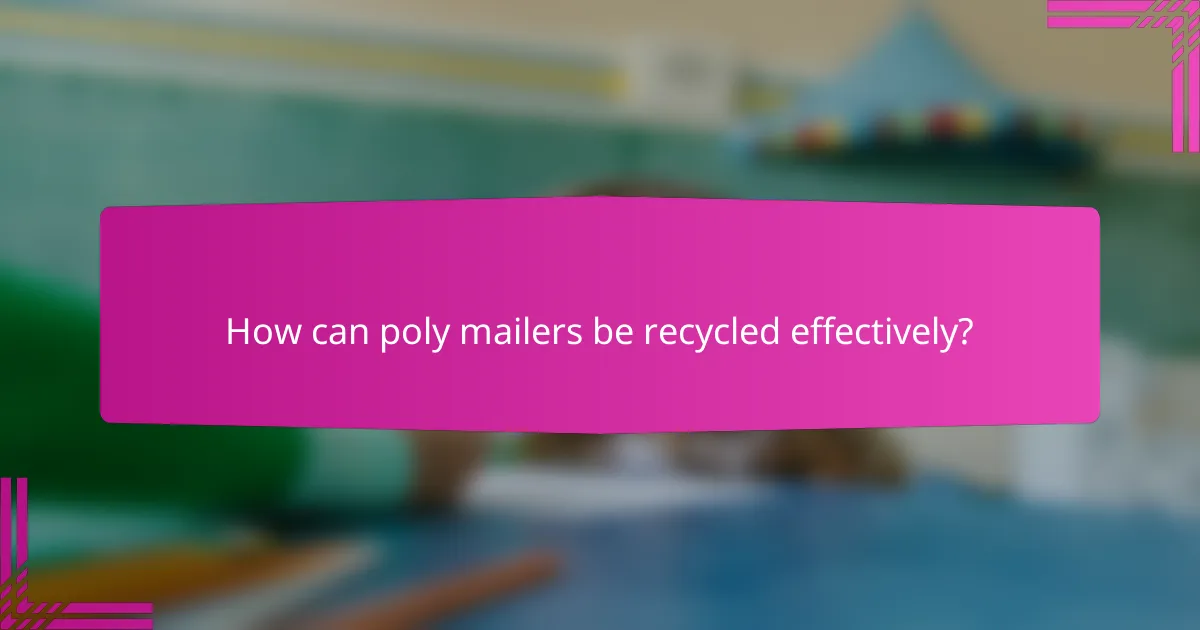
How can poly mailers be recycled effectively?
Poly mailers can be recycled effectively by following specific guidelines and utilizing local resources. Understanding the recycling process and available programs is essential for ensuring these materials are properly processed and reused.
Local recycling programs
Many communities have local recycling programs that accept poly mailers, but participation varies. Check with your municipal waste management authority to see if they have specific guidelines for recycling plastic mailers. Some areas may require you to separate them from other recyclables.
In the United States, for example, some curbside recycling programs accept plastic bags and mailers, while others do not. It’s crucial to confirm the rules in your locality to avoid contamination of recycling streams.
Recycling symbols and guidelines
Recycling symbols on poly mailers can help determine their recyclability. Look for the number inside the recycling triangle; polyethylene (often marked with a ‘2’ or ‘4’) is typically recyclable in many programs. However, if the mailer is made from mixed materials or has non-recyclable components, it may not be accepted.
Always follow local guidelines regarding cleaning and preparation of mailers before recycling. Removing labels and ensuring the mailers are free from residue can improve their chances of being processed correctly.
Drop-off locations for mailers
If your local recycling program does not accept poly mailers, consider using drop-off locations. Many grocery stores and retail chains have designated bins for plastic bags and mailers. These locations often partner with recycling initiatives to ensure proper processing.
To find a drop-off location near you, visit websites like the Plastic Film Recycling website, which provides a searchable database of participating stores. Make sure to check the accepted materials list before dropping off your mailers.
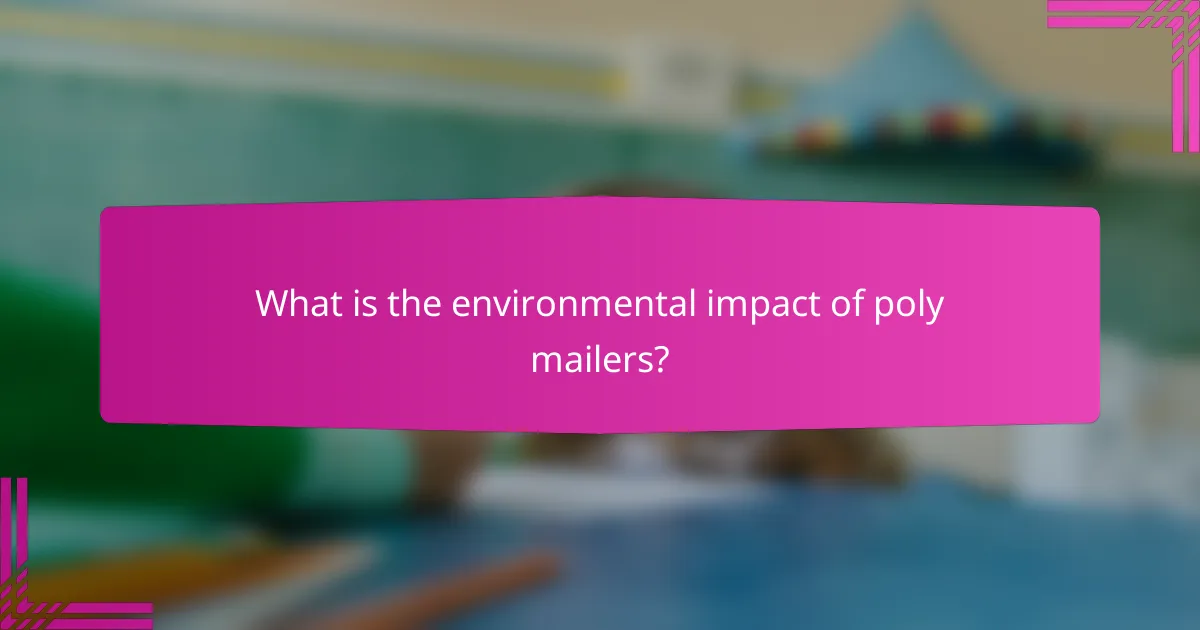
What is the environmental impact of poly mailers?
Poly mailers have a significant environmental impact due to their production, use, and disposal. While they offer lightweight and durable shipping solutions, their reliance on plastic materials contributes to pollution and waste management challenges.
Carbon footprint analysis
The carbon footprint of poly mailers primarily stems from the extraction of raw materials, manufacturing processes, and transportation. Producing plastic mailers can emit several kilograms of CO2 per kilogram of product, depending on the manufacturing methods and energy sources used.
To mitigate their carbon footprint, companies can explore alternatives such as biodegradable or recycled materials. Transitioning to these options can reduce overall emissions and promote a more sustainable shipping practice.
Waste generation statistics
Poly mailers contribute significantly to plastic waste, with millions of tons ending up in landfills each year. In the United States alone, plastic packaging accounts for a substantial portion of municipal solid waste, with estimates suggesting that around 30% of this waste is recyclable.
Many consumers are unaware of the recycling challenges associated with poly mailers, as they often contain mixed materials that complicate recycling processes. Encouraging proper disposal and recycling practices can help reduce waste generation and promote a circular economy.
Impact on marine life
Poly mailers pose a threat to marine life when they enter oceans and waterways. Marine animals can ingest plastic debris, mistaking it for food, which can lead to injury or death. Additionally, plastics can break down into microplastics, which are harmful to smaller marine organisms and disrupt the entire food chain.
Efforts to reduce plastic pollution, such as beach cleanups and stricter regulations on plastic production, are crucial in protecting marine ecosystems. Consumers can also play a role by choosing eco-friendly shipping options and supporting brands that prioritize sustainable practices.
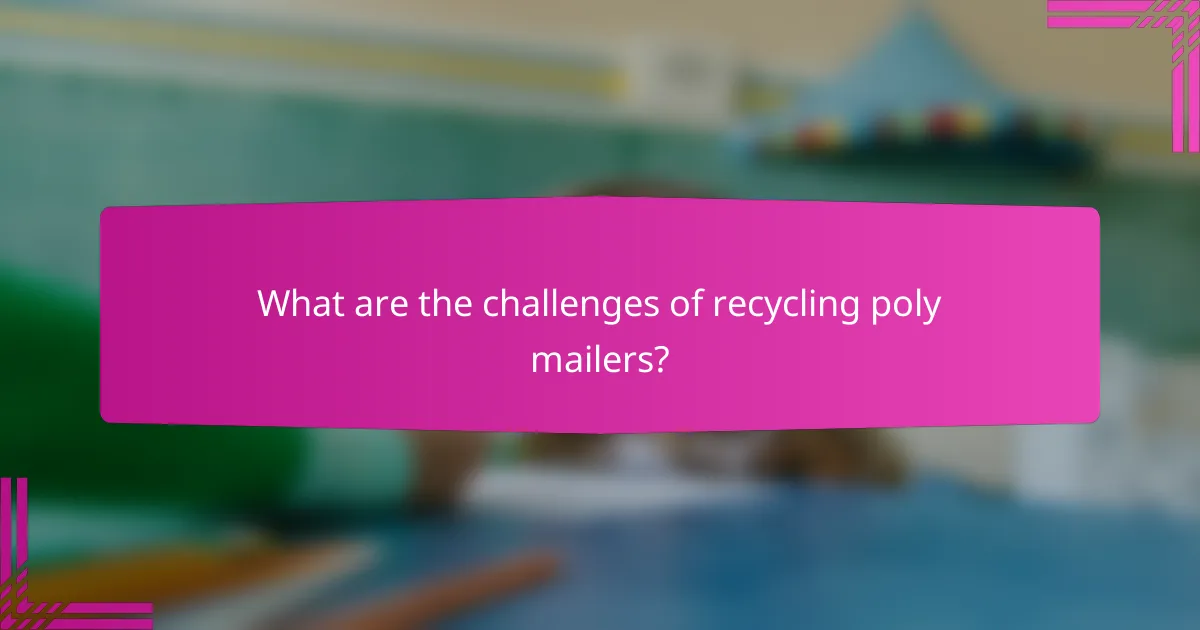
What are the challenges of recycling poly mailers?
Recycling poly mailers presents several challenges, primarily due to contamination, limited recycling facilities, and a lack of consumer awareness. These factors hinder the effective processing of poly mailers, which are often made from mixed materials that complicate recycling efforts.
Contamination issues
Contamination is a significant barrier to recycling poly mailers. When mailers are mixed with food waste, dirt, or other non-recyclable materials, they can contaminate entire batches of recyclable materials. This often leads to rejection at recycling facilities, resulting in more waste ending up in landfills.
To minimize contamination, consumers should ensure that poly mailers are clean and free from residues before recycling. Simple steps like rinsing out any sticky labels or removing tape can improve the chances of successful recycling.
Lack of recycling facilities
The availability of recycling facilities that accept poly mailers is limited in many areas. Most curbside recycling programs do not include flexible plastics like poly mailers, which means consumers must seek out specialized drop-off locations. This can create barriers for those who want to recycle responsibly.
To address this issue, individuals can check local recycling guidelines or use resources like Earth911 to find nearby facilities that accept poly mailers. Engaging with community programs that promote recycling can also help increase local recycling options.
Consumer awareness barriers
Many consumers are unaware of the proper recycling methods for poly mailers, leading to improper disposal. This lack of knowledge can result in mailers being thrown in regular trash instead of being recycled. Education on recycling practices is crucial for improving recycling rates.
To enhance awareness, brands and retailers can provide clear instructions on how to recycle poly mailers on their packaging. Additionally, community workshops or online resources can help educate consumers about the importance of recycling and how to do it correctly.
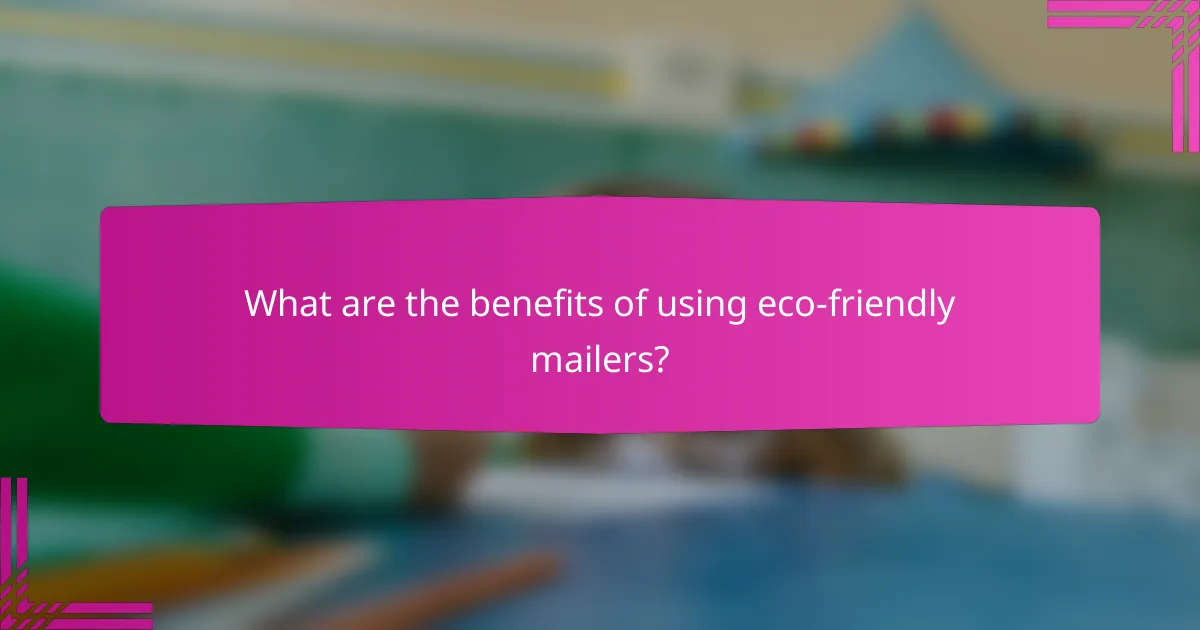
What are the benefits of using eco-friendly mailers?
Eco-friendly mailers offer several advantages, including reduced waste and a lower carbon footprint compared to traditional plastic options. They are typically made from biodegradable or recyclable materials, making them a sustainable choice for shipping.
Reduced environmental impact
Using eco-friendly mailers significantly lowers the environmental impact associated with shipping. These mailers are often crafted from materials that decompose more easily than conventional plastics, helping to reduce landfill waste and pollution.
For example, mailers made from recycled paper or bioplastics can break down within months, while traditional plastic mailers may take hundreds of years to decompose. This shift not only helps in waste reduction but also conserves resources by utilizing materials that are less harmful to the environment.
When selecting eco-friendly mailers, consider certifications such as compostability or recyclability. Look for products that meet recognized standards, ensuring that your choice contributes positively to sustainability efforts. Avoid mailers that are labeled as “biodegradable” without proper certification, as they may still contribute to environmental issues if not disposed of correctly.
